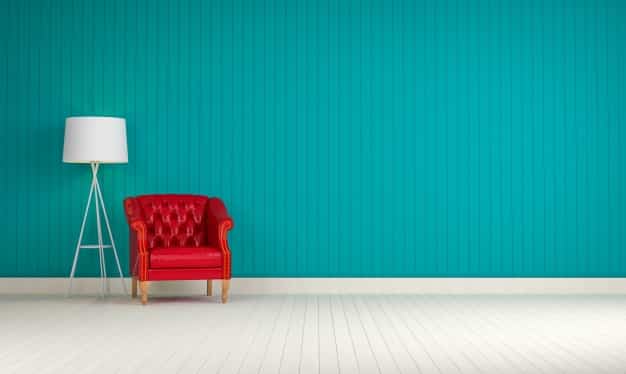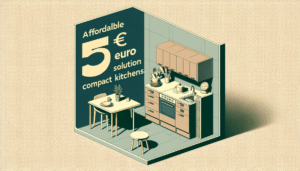In the field of architecture and interior design, the year 2025 is shaping up to be a turning point where sustainability, advanced technology, and a futuristic aesthetic converge to redefine the concept of home. This emerging approach focuses on creating homes that function as havens of well-being, highlighting the importance of connection with the environment and promoting a healthy lifestyle.
Design specialists predict that the homes of the future will be characterized by a minimalist style that prioritizes simplicity and functionality. Facades, dominated by clean lines and geometric shapes, will give way to open interiors that promote brightness and a seamless interconnection between different spaces. The use of ecological materials, such as recycled wood and biocomposites, will be essential not only to beautify homes but also to reduce their impact on the environment.
One of the most notable innovations will be the integration of smart technology. Homes in 2025 will feature automation systems that allow residents to control lighting, climate, and security through mobile devices. Artificial intelligence will play a crucial role in customizing the user experience, adapting environments to their preferences, and optimizing energy use.
Sustainability will be manifested not only in the choice of materials but also in the energy efficiency of the home. Houses will be designed to maximize natural light, with large windows and solar panels that generate clean energy. In addition, techniques such as rainwater harvesting and the incorporation of vertical gardens will be implemented, contributing to the well-being of the urban environment.
Another aspect that will mark this trend is the focus on connection with nature. Designers are expected to integrate green spaces both inside and outside homes, creating garden terraces and green roofs that enhance aesthetics and provide benefits such as improved air quality and thermal insulation.
This change is not limited to a simple aesthetic or digital redesign. The shift towards a more conscious and responsible home aims to promote a more balanced and healthy lifestyle. Spaces dedicated to relaxation, such as meditation areas and reading nooks, will be incorporated into the design, promoting the mental and physical well-being of the inhabitants.
Thus, the design trend that will prevail in 2025 emerges as a response to current challenges, aligning solutions that prioritize sustainability, technology, and human connection with the environment. As we approach a future full of uncertainties, these innovations will not only transform our homes but also significantly influence how we live, work, and relate to the world around us.
Referrer: MiMub in Spanish










